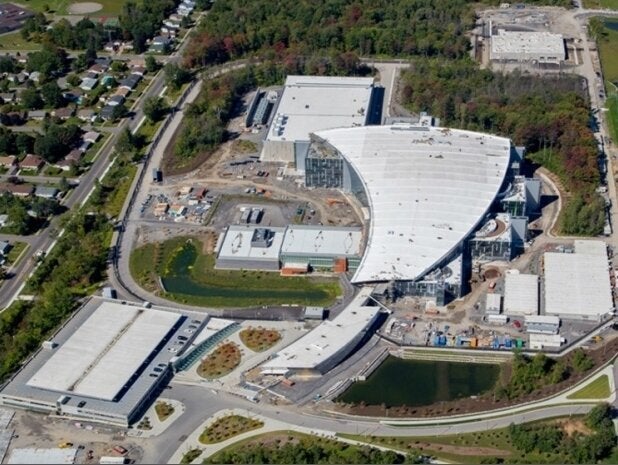
A secret court authorization allows the NSA to spy on all of the world’s countries except four, one of them being Canada, according to U.S. government documents obtained by the Washington Post.
The NSA automatically filters out phone calls from Britain, Canada, Australia and New Zealand, the Post reports, essentially making those the only countries in the world the U.S.’s electronic spy agency isn't authorized to monitor.
The documents came by way of a leak from NSA whistleblower Edward Snowden. They show the U.S.’s Foreign Intelligence Surveillance Court authorized NSA surveillance of 193 countries. Only those four countries are missing from the list.
But that doesn’t mean Canadians are immune from mass surveillance. The reason the NSA skips over these four countries is that they, along with the U.S., are members of the “Five Eyes,” a Cold War-era alliance that allows the five countries to share “signals intelligence” amongst themselves.
Critics of the program say the Five Eyes alliance is essentially a runaround of these countries’ privacy laws, which forbid warrantless surveillance of their own citizens. Surveillance on a given country is carried out by one of the other partner countries, they allege.
In an interview with German media, Snowden described the Five Eyes as something that has evolved into “a supra-national intelligence organization that doesn’t answer to the laws of its own countries.”
An earlier leak of NSA documents from Snowden indicated Canada’s electronic spy agency, CSEC, helped monitor communications during the G20 conference in London in 2009.
CSEC says its mandate is foreign surveillance and it only “incidentally” spies on Canadians. It argues a lot of its spying, often at the request of the U.S., is necessary for government to have a clear idea of what is going in the world, in order to make proper decisions.
But John Adams, who headed up CSEC from 2005 until 2011, said in media interviews he shut down a dragnet surveillance program that appeared to be targeting Canadians, among others.
The same year Adams stepped down, then-Defence Minister Peter MacKay authorized the re-start of a program that, according to documents obtained by the Globe and Mail, allows CSEC to monitor electronic communications, including those of Canadians, for patterns of suspicious activity.
It’s not clear if the restarted program is the same as the one Adams shut down.
The Harper government has significantly ramped up spending on electronic communications, nearly doubling CSEC’s funding in just the most recent budget. The agency is slated to receive $829 million in 2014-15, up from around $444 million the year before.
The feds are also spending some $1.2 billion on CSEC’s new headquarters in Ottawa, a state-of-the-art "spy palace" believed to be the most expensive government building ever built in Canada.
